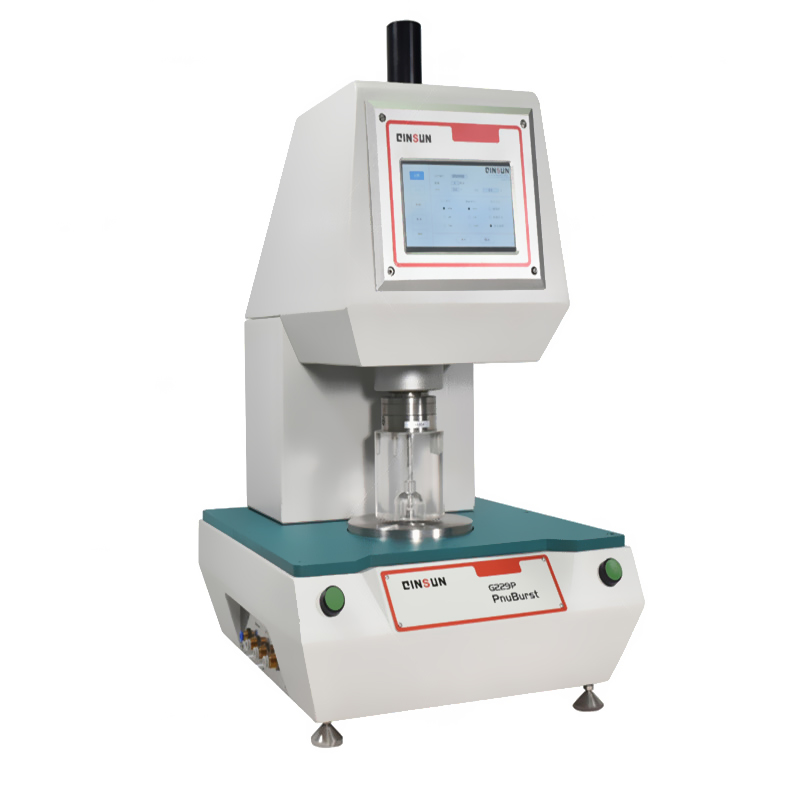Fabric Pneumatic Dilatometer Operation-Qinsun
Advantages and characteristics:
1.Have a strong after-sales service team;
2.Able to handle various issues in a timely and fast manner,relieving customers of any worries they may have;
3.Complete spare parts to solve the problem of long lead times when ordering spare parts;
4.Keep up with industry standards updates and provide textile testing instruments that meet the new standards in a timely manner.
Fabric Pneumatic Dilatometer uses the air pressure method to conduct testing experiments.The specimen supports the gas clamping system,which is labor-saving and non slip.It is suitable for measuring the expansion tension and degree of various textiles,non-woven fabrics,leather,surgical gowns,protective equipment,etc.when subjected to simultaneous forces in both warp and weft directions.
Experimental principle:
Use a circular gripper to clamp the specimen onto an extended diaphragm,apply gas pressure under the diaphragm to expand the diaphragm and specimen,apply pressure at a constant speed until the specimen ruptures,and measure the strength and expansibility of the expansion.

Operation:
1.Firstly,prepare the accessories and test samples;
2.Turn on the power switch of the instrument;
3.Enter the LCD screen operation interface;
4.Set the number of tests,temperature,humidity,and clamping method,etc;
5.Select the corresponding test cup size according to the testing requirements;
6.Place the test cup in the instrument clamping position;
7.Place the test sample under the test cup;
8.Press the clamping buttons on both sides,lower the test cup,and press the sample tightly;
9.On the screen,click[Continue];
10.Click[Start];
11.The sample is subjected to air pressure explosion and burst;
12.The system automatically generates test data results;
13.Perform diaphragm calibration,take out the sample,and conduct an air test;
14.At the end of the experiment,turn off the instrument and evaluate the material's resistance to bursting based on the physical performance parameters such as bursting strength,bursting height,and bursting force obtained from the test results.

